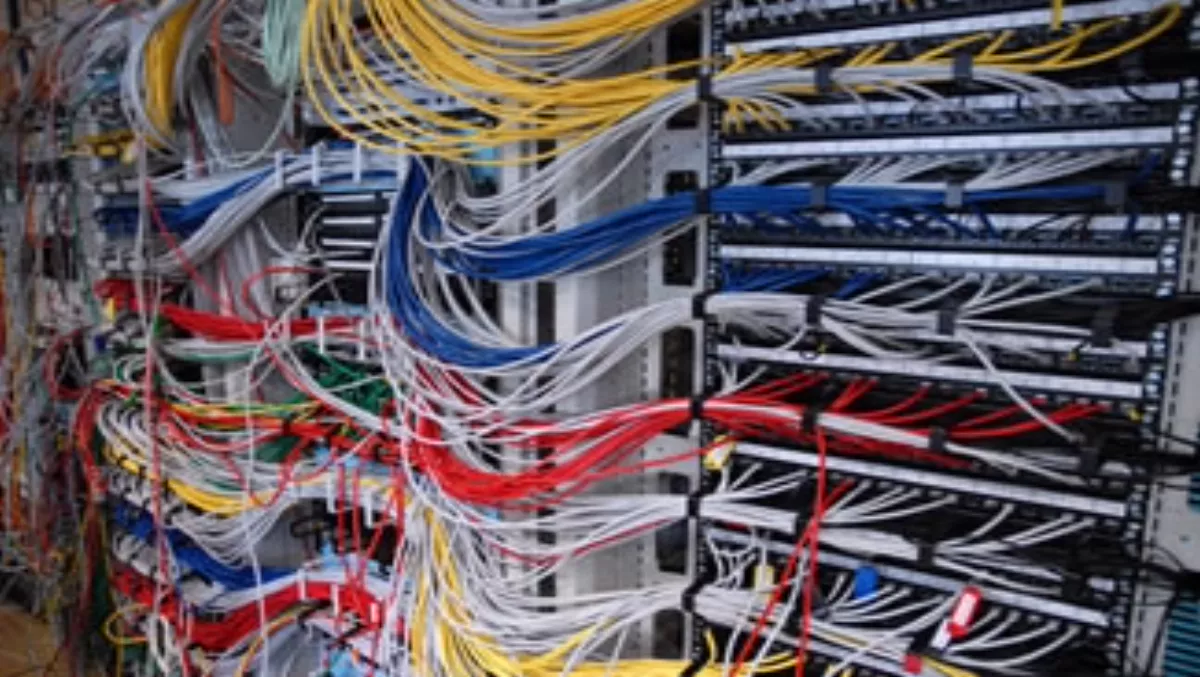
Mitigating the effects of downtime
Maintaining the availability of the modern data center has become the number one challenge for managers, in the face of frequent and often unforeseen outages not least of which is the recent string of natural disasters in the country. In the context of ever-present business drivers – improving business processes and maximising the availability and usefulness of IT infrastructure while reducing costs – the challenge can often seem insurmountable.But with careful planning and an adherence to some well-researched and implemented strategies, not only locally but also around the region and the world, data center managers can position themselves to handle almost any business continuity scenario.While some of these strategies may seem superfluous at a time when "keeping the lights on" is the main priority, adherence to a disciplined system ensures that even when conditions are at their most averse, the business can get back in production quickly.Data Center strategiesIT and facilities teams are focusing on data center best practices to achieve business objectives and increase efficiency of data center operations. These best practices centre on three key areas of the data center lifecycle:
- Data Center design and deployment Simplifying the data center's configuration to reduce design and deployment times and minimise equipment capital costs and space requirements.
- Data Center operations Reducing costs through the implementation of energy efficient technologies and configurations without sacrificing availability.
- Data Center management and planning Installing solutions faster in response to business requirements; enhancing control over the IT environment; reducing the time spent on break/fix maintenance; and streamlining how equipment is added or changed.
In order for these strategies to be effective, a number of infrastructure best practices should be observed. These best practices address a wide spectrum of infrastructure needs to ensure the data center's physical infrastructure is properly designed, operated and managed.
- Maximise the return temperature of cooling units to improve capacity and efficiency. As heat densities continue to rise with the proliferation of high-density configurations, server consolidation and server virtualisation, air flow management is a growing concern. Fortifying a data center with adequate cooling capacity is no longer enough, and adopting an airflow management strategy suited for high-density computing is critical to maximising efficiency and preserving availability by minimising the occurrence of hot spots.
- Match cooling capacity and airflow with IT loads. With virtualisation, today's data center computing loads are dynamic and have peaks and valleys of utilisation. To maximise efficiency of your data center, the output of the precision cooling units should match the varying requirements of the IT load. By implementing temperature sensors, digital scroll compressors and variable frequency drives, your data center's cooling will match the load, which will prevent overcooling during times of low IT utilisation.
- Use cooling designs that reduce energy consumption. The precision cooling units found in data centers consume much of the electricity used to run the facility. By using units that are designed with fewer energy-consuming parts or with options that can turn components off, significant operating cost savings can be realised
- Select a power system to optimise your availability and efficiency needs. The integration of higher density, high availability UPS (Uninterruptible Power Supply) systems with built-in redundancy into the row helps data center managers eliminate single points of failure and ensure that power fluctuations or interruptions do not result in downtime or catastrophic equipment failures.
- Design for flexibility using scalable architectures that minimise footprint. Modular systems can help in managing data center infrastructure that experiences fluctuations in capacity needs. Virtually every component of the physical infrastructure is now available in a modular design. Modularity can be applied to specific infrastructure equipment such as UPS systems which can be expanded by adding power cores, or rack power distribution units that snap together to add or change power strip receptacles.
- Enable data center infrastructure management and monitoring to improve capacity, efficiency and availability. A robust monitoring capability is a key to maximising data center efficiency and availability. However, monitoring alone is no longer enough to adequately ensure the availability of data center infrastructure. A more holistic approach to data center infrastructure management is required, encompassing all power, cooling, IT and support equipment to optimise capacity planning, resource allocation and equipment management.
- Use local design and service expertise to extend equipment life, reduce costs and address your data center's unique challenges. In addition to integrating efficient, high availability power, cooling, monitoring and IT equipment, a robust service portfolio is a critical component in maximising data center infrastructure availability, efficiency and performance over the life of the data center. As such, data center managers should seek a vendor partner that offers a broad range of proactive and reactive services, including preventive maintenance, 24/7 support, emergency repair capabilities and design assessments.

